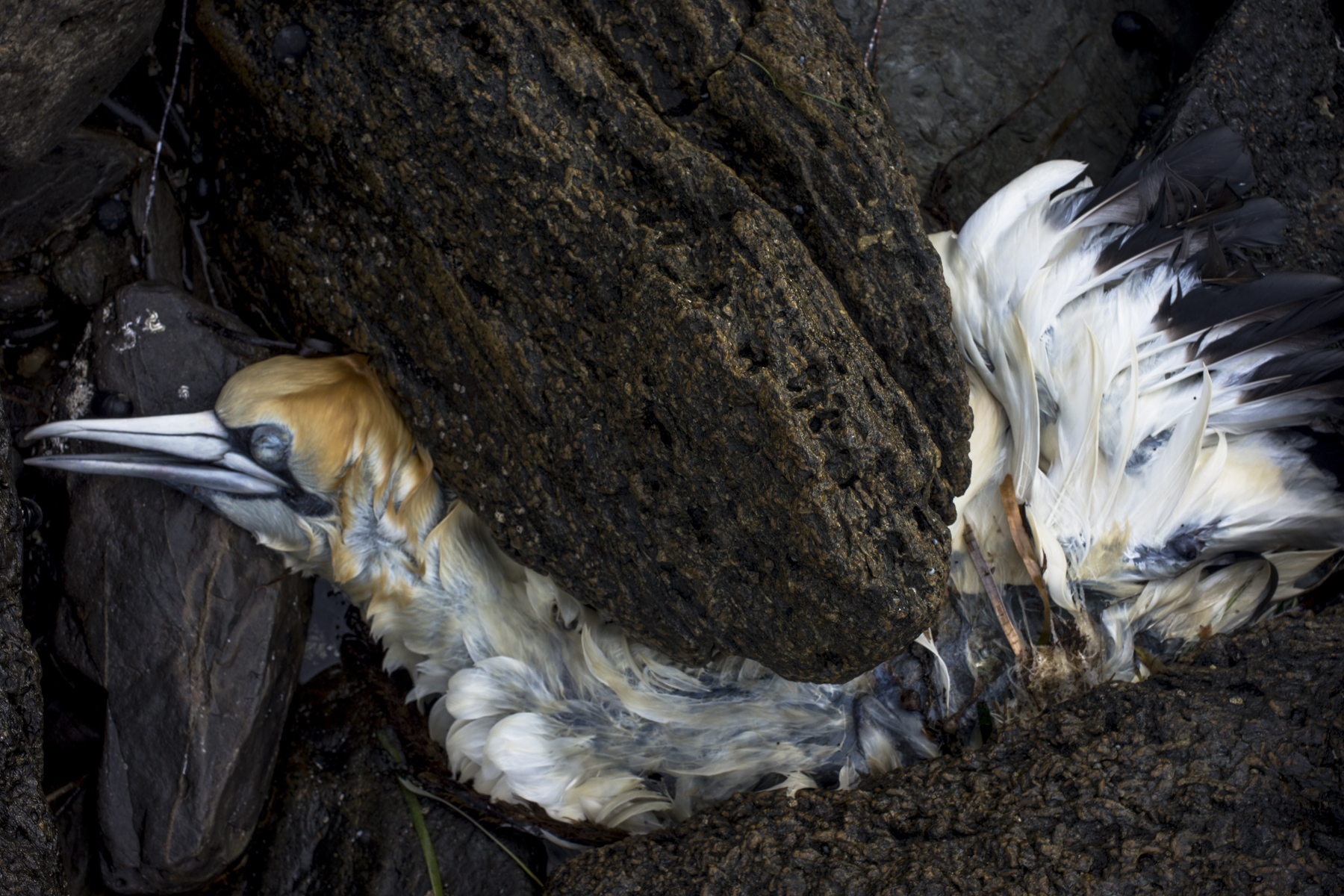After I’d taken Maleko to see the Chirovet at Old Port Rd at Albert Park, near Port Adelaide, I drove down to the Port for a coffee at the Red Lime Shack cafe in Vincent Street. Then Maleko and I wandered around the Port. I was going to do some scoping before I returned to Adelaide to pick my negatives from Atkins Photo Lab. Unlike Bond Imaging in Melbourne Atkins still continue to develop roll and sheet colour film.
It had been raining during the night and in the morning in Adelaide, but the cloud cover was starting to break up when we started walking. The Port looked picturesque with Grand Big Top of the Zirka Circus next to Hart’s Mill. Another sign that the revitalisation of the Port was happening. I couldn’t resist taking a snap:

I had planned to spend a couple of hours exploring, and returning to walk around Mutton Cove Conservation Reserve in Osborne, but it was very hot and humid around midday so the photowalk was cut short.
I still find the Port depressing, especially the area around the old boat sheds and causeways. Why were these going concerns (small boat ship) building pulled down. Why couldn’t the largely property-led renewal of this land incorporate them? The area is now left as fenced off vacant land. That’s the neo-liberal mode of governance for you–governing urban change is about the interests of the developer and corporate profit, not the interests of the public or the local community.

The Renewal SA blurb is that the Port is evolving into an area where creativity, commerce, entertainment and education fuse into one energetic and rewarding destination. I cannot see this looking through the fence at Fletcher’s Slip. What I see is the lack of rehabilitation of an underutilised and contaminated industrial waterfront land. Why cannot the vacant land of Fletcher’s Slip that is earmarked for residential development —-wharf side apartments and marina’s for people to live on the waterfront— be converted into open public spaces until the development happens? Why not construct a walkway in the short term to allow the public to walk around the old boat building area?

My impression is that the recent history of the Port indicates increasing access to the waterfront of the Port estuary for business and decreasing access for the public. My judgement is that, if there is decreasing access for the public to the waterfront of the Port River–it’s privatised— then why would people come to live at the Port? The Port itself is not a pleasant place to walk around because it has historically been allowed to become a throughway for cars and trucks.
The Port Centre is noisy and full of fumes and little consideration has been given over the years to people walking around the area looking at the historic architecture. Both state and local government, or the old Land Management Corporation (LMC), don’t seem to have created any urgency to renew the area for people to walk around.
The emphasis has been on a commercial focus and ‘promoting a competitive market environment’ in managing and disposing disposing of land and property assets owned by the state government. This mode of urban governance is oriented towards offering a ‘market solution’ to an ‘urban problem and that meant in practice over-reliance on residential development.

